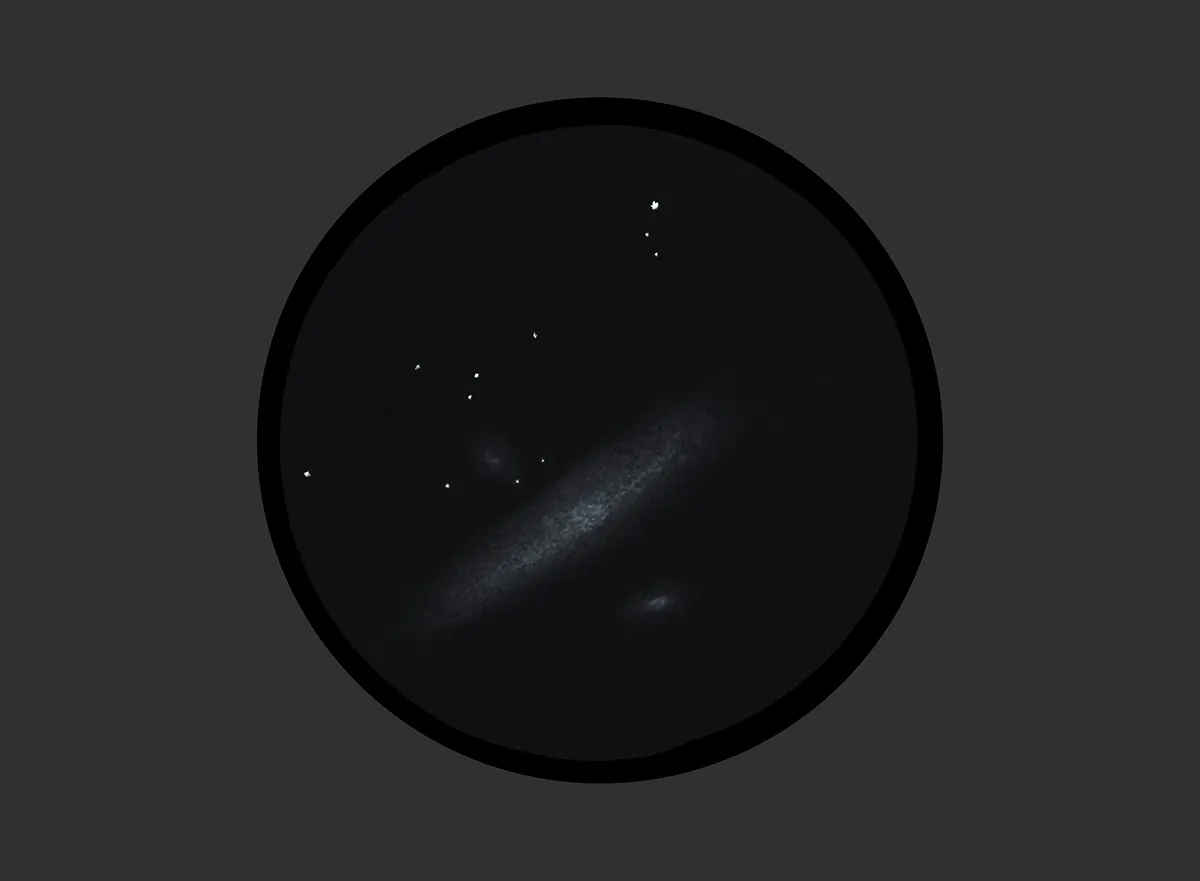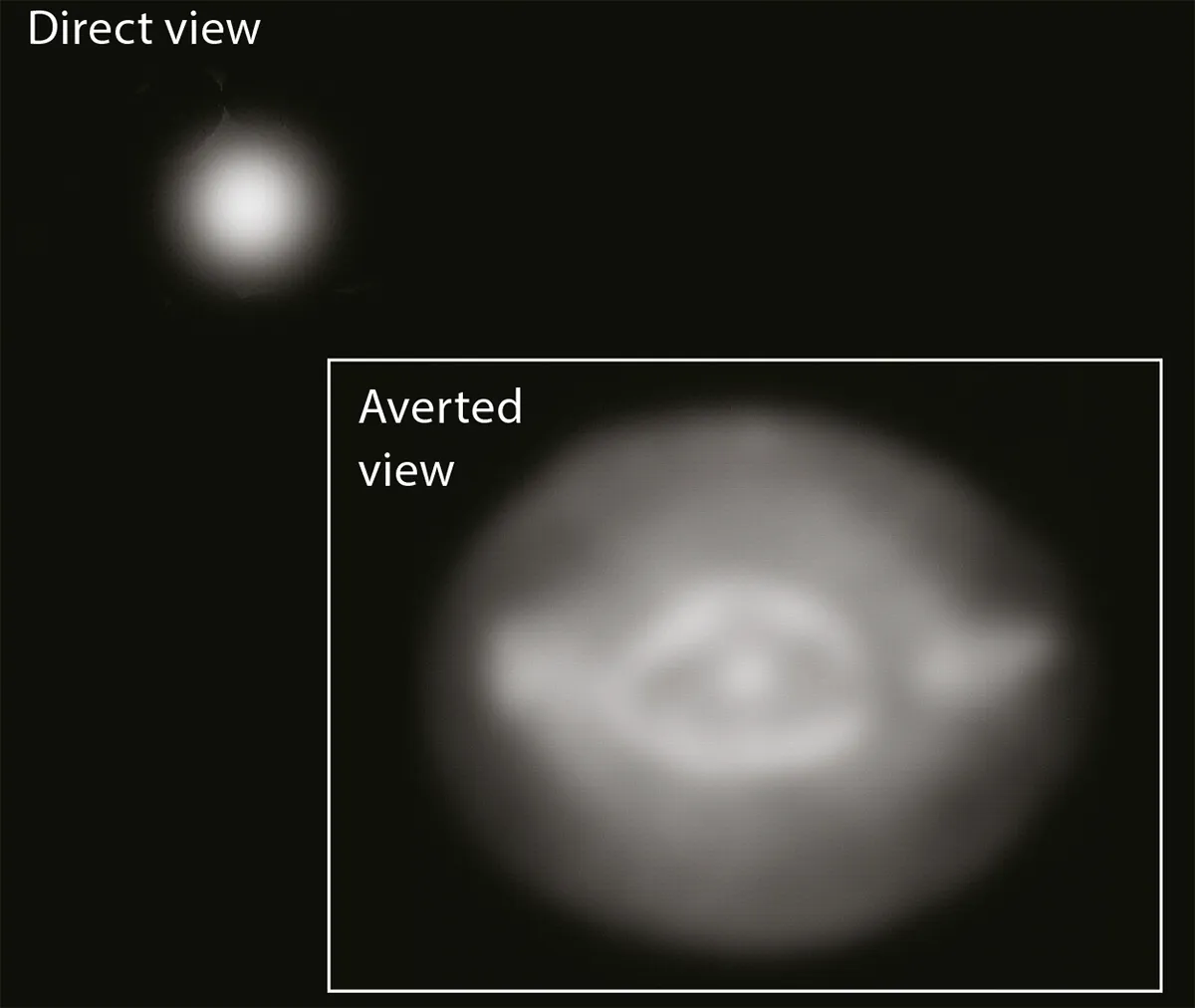Do you have a telescope? Has the whole family had a go yet? A few practical tips will help you to get the most out of your first family observing session.
Here are our top tips for helping family members - young and old - use a telescope and get the most out of the night sky.
For more advice, read our guides on getting kids interested in astronomy and the best telescopes for kids.
Ergonomics are important

If you’re not comfortable when looking through an eyepiece, your body will quickly feel fatigued.
Set the tripod to the correct height for the observer.
If you have a refractor, rotate the barrel so the eyepiece is in the right position for family members of different heights.
Consider a perching stool for comfort and back support.
For a reflector, have younger children stand on stepstools to look through the eyepiece; they won’t be able to observe properly if they’re being carried.
Keep both eyes open

Scrunching one eye closed while observing with the other is not comfortable and your facial muscles will quickly become tired.
A better technique, especially for children who sometimes struggle to close only one eye at a time, is to keep both eyes open but cover one with your hand.
You can also buy astronomers’ eye patches for this purpose and enjoy looking like a pirate astronomer!
Manage expectations

Beginners may feel underwhelmed the first time they observe an object visually compared to the amazing long-exposure photographs we see, so it is important to manage expectations.
Knowledge about the distance the light has travelled from the object to their eye, as well as other basic facts about the object, can help everyone to feel that important visual connection.
For help with this, read our guide What does the Universe really look like through a telescope?
Take your time; look to one side

The longer you look at something through an eyepiece the more faint detail you will see, so encourage people to spend a long time observing each object.
This is also an opportunity to use averted vision, a technique of looking off to one side of a faint object so that it will appear to brighten in your peripheral vision.
Do you have any top tips for helping family members make the most out of their time at the telescope? Let us know by emailing contactus@skyatnightmagazine.com.
This guide originally appeared in the January 2023 issue of BBC Sky at Night Magazine.

